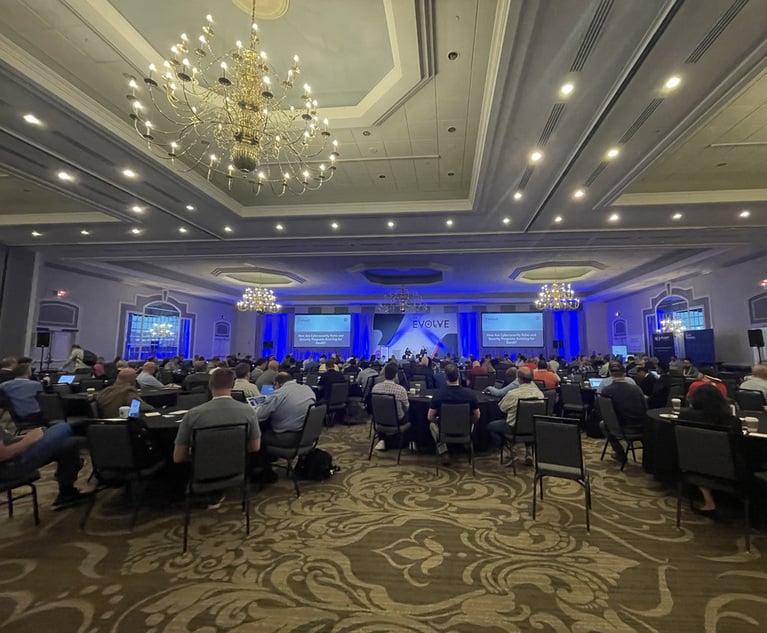 If you were walking down the street and saw a one hundred-dollar bill, what would you do? Like anyone else, you would probably pick it up. So why do insurance carriers leave not hundreds but billions of dollars on the table annually?
If you were walking down the street and saw a one hundred-dollar bill, what would you do? Like anyone else, you would probably pick it up. So why do insurance carriers leave not hundreds but billions of dollars on the table annually?
The good news is that much of this money can be recovered using innovative legal strategies and techniques. From the outset of a claim, the potential for subrogation exists. But far too often, adjusters don't ask the right questions, such as the "who, what, where, when, why, and how" to effectively identify subrogation opportunities.
By its very nature, subrogation provides complexities not universally understood. Even so, subrogation basics remain the same, regardless of whether it concerns a simple assessment of comparative negligence to effectively maneuver the legal system to collect on a judgment in China or something less complicated. Core considerations are:
- Who is responsible for the damages?
- What are the damages?
- Where did the damages occur?
- When did the damage happen?
- Why did the damage happen?
- How can an effective theory of liability be established?
To navigate all of that legal maneuvering with ease, it is important to understand these three steps: pre-litigation investigation, litigation, and post-judgment remedies. In many cases, subrogation gets lost in the maze because an expertise may exist in one of these areas, but not in all of them.
Want to continue reading?
Become a Free PropertyCasualty360 Digital Reader
Your access to unlimited PropertyCasualty360 content isn’t changing.
Once you are an ALM digital member, you’ll receive:
- All PropertyCasualty360.com news coverage, best practices, and in-depth analysis.
- Educational webcasts, resources from industry leaders, and informative newsletters.
- Other award-winning websites including BenefitsPRO.com and ThinkAdvisor.com.
Already have an account? Sign In
© 2024 ALM Global, LLC, All Rights Reserved. Request academic re-use from www.copyright.com. All other uses, submit a request to [email protected]. For more information visit Asset & Logo Licensing.








